Matera – a little known gem
We have been busy, with lots of travelling and even more to see. Now that we’re settled in our next home in Colletta di Castelbianco for 4 weeks, it’s time to catch up on what’s been happening. Whilst writing this, we are sitting listening to the rain falling outside – a welcome relief for what has been a very hot and dry Italy!
Three days in Matera……
 Matera is one of the oldest cities in the world. From the Neolithic age until today, human activity has taken place on this site without interruption. It is home to cave dwellings called the “Sassi” (meaning stones), and was declared a UNESCO World Heritage site in 1993. In this city, contrasts reign supreme, with the tangle of cave houses, Baroque buildings and stunning churches reflecting the tumultuous past.
Matera is one of the oldest cities in the world. From the Neolithic age until today, human activity has taken place on this site without interruption. It is home to cave dwellings called the “Sassi” (meaning stones), and was declared a UNESCO World Heritage site in 1993. In this city, contrasts reign supreme, with the tangle of cave houses, Baroque buildings and stunning churches reflecting the tumultuous past.

The city spans two natural amphitheatres, the Sasso (stone) Caveoso and Sasso Barisano. Underneath the warren of house and churches, there is an underground city of tunnels, cisterns to collect water and rock churches. At sunset, the city transforms into a giant nativity scene.
 More recently, the biblical landscapes and lovely natural surroundings have attracted filmmakers, and films like the Passion of Christ and Ben Hur were produced in Matera. Unfortunately, life in Matera was not always so glamorous. Whilst it began as a place where clergy and aristocracy filled the streets, there was a period in Matera’s history where it was regarded as the “shame of Italy”. Even people like Olivetti (the typewriter guy) played a part in trying to bring it out of ruin, although the main changes occurred later. The scary thing is that we realised that the transformation from slum to hidden gem has happened in our lifetime!
More recently, the biblical landscapes and lovely natural surroundings have attracted filmmakers, and films like the Passion of Christ and Ben Hur were produced in Matera. Unfortunately, life in Matera was not always so glamorous. Whilst it began as a place where clergy and aristocracy filled the streets, there was a period in Matera’s history where it was regarded as the “shame of Italy”. Even people like Olivetti (the typewriter guy) played a part in trying to bring it out of ruin, although the main changes occurred later. The scary thing is that we realised that the transformation from slum to hidden gem has happened in our lifetime!


Our first afternoon in Matera, we spent unpacking and exploring the labyrinth of streets in both Sassi. We had booked dinner in a nearby restaurant – which also turned out to be in a cave – and we dressed up for dinner for the first time in ages.
 The following day was dedicated to getting lost. After a two hour morning walk, we had some breakfast before heading out again. Near the hotel was a reproduction of a cave house as it would have been in the slum days – although this time it was clean. Hard to imagine that a family of up to 10 people, plus livestock (pigs, chickens and horse), would’ve shared the space. Children would’ve shared the bed with the parents and slept on top of tables and chests (maybe with mattresses laid on top). We also saw a movie on the history of Matera, which was eye opening – sad to see the past, but exciting to see that there is a significant amount of investment by the EU in redeveloping this special place.
The following day was dedicated to getting lost. After a two hour morning walk, we had some breakfast before heading out again. Near the hotel was a reproduction of a cave house as it would have been in the slum days – although this time it was clean. Hard to imagine that a family of up to 10 people, plus livestock (pigs, chickens and horse), would’ve shared the space. Children would’ve shared the bed with the parents and slept on top of tables and chests (maybe with mattresses laid on top). We also saw a movie on the history of Matera, which was eye opening – sad to see the past, but exciting to see that there is a significant amount of investment by the EU in redeveloping this special place.

 The day closed with dinner at a little local restaurant, followed by watching the city lights twinkle under the full moon.
The day closed with dinner at a little local restaurant, followed by watching the city lights twinkle under the full moon.
The morning we were to leave, after a relaxing breakfast, we were fortunate to spend some time talking to Fernando, who together with his wife Ann is the owner of our “cave”. We had met Ann previously, and found them both equally passionate about Matera. The cave we stayed in was a part of history, part of a cave complex called Corte San Pietro. The husband and wife team moved nearby around 1990, and have been renovating the compact complex, with five cave-rooms and a dining hall around a courtyard, ever since, installing plumbing, electricity, heating and ventilation systems to counter the subterranean humidity. “My wife’s family was violently against us living here,” Fernando said. “Back then, the Sassi had been abandoned, virtually given over to wolves.”

Working on their caves—which gives new meaning to the term “fixer-upper”—they discovered eight interconnected cisterns below the floor, part of a network developed to catch rainwater for drinking. “We had no idea these were here until we started,” he said. “They had been filled with debris.” The cisterns are now being turned into a “soul spa” for meditation.
Read more:
http://www.smithsonianmag.com/travel/mater-went-from-ancient-civilization-slum-hidden-gem-180949445/

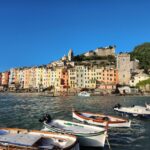

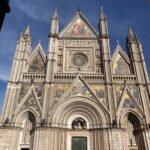
 Book Cover Reveal
Book Cover Reveal  Sneak Preview
Sneak Preview 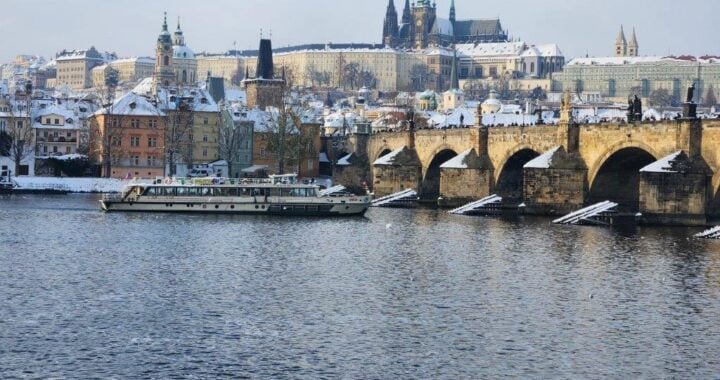 Prague – Winter Wonderland
Prague – Winter Wonderland 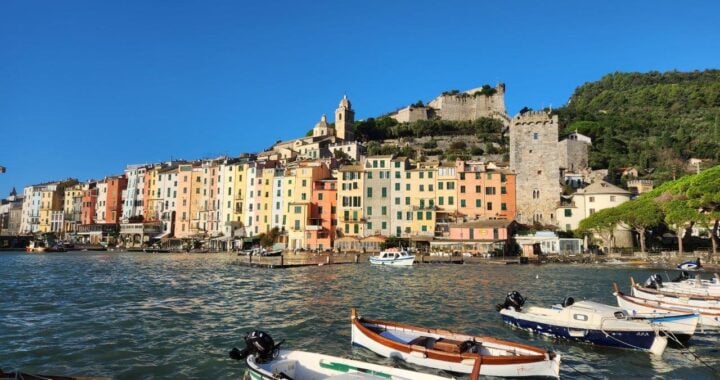 Porto Venere – gateway to the Cinque Terre
Porto Venere – gateway to the Cinque Terre 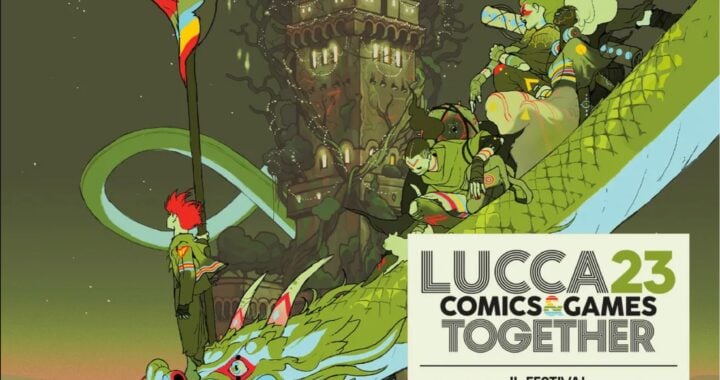 Lucca Comics & Games 2023
Lucca Comics & Games 2023 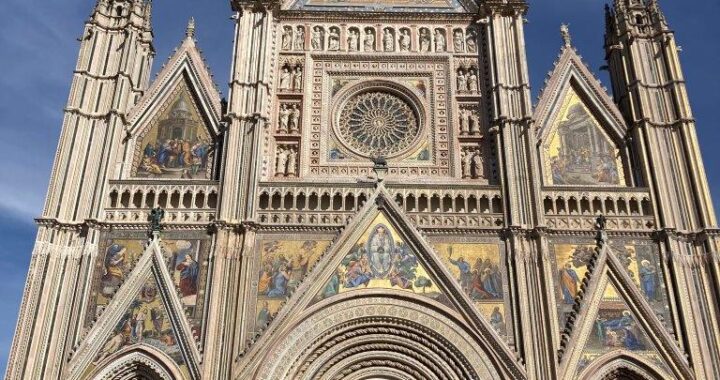 Orvieto – 6 years later
Orvieto – 6 years later